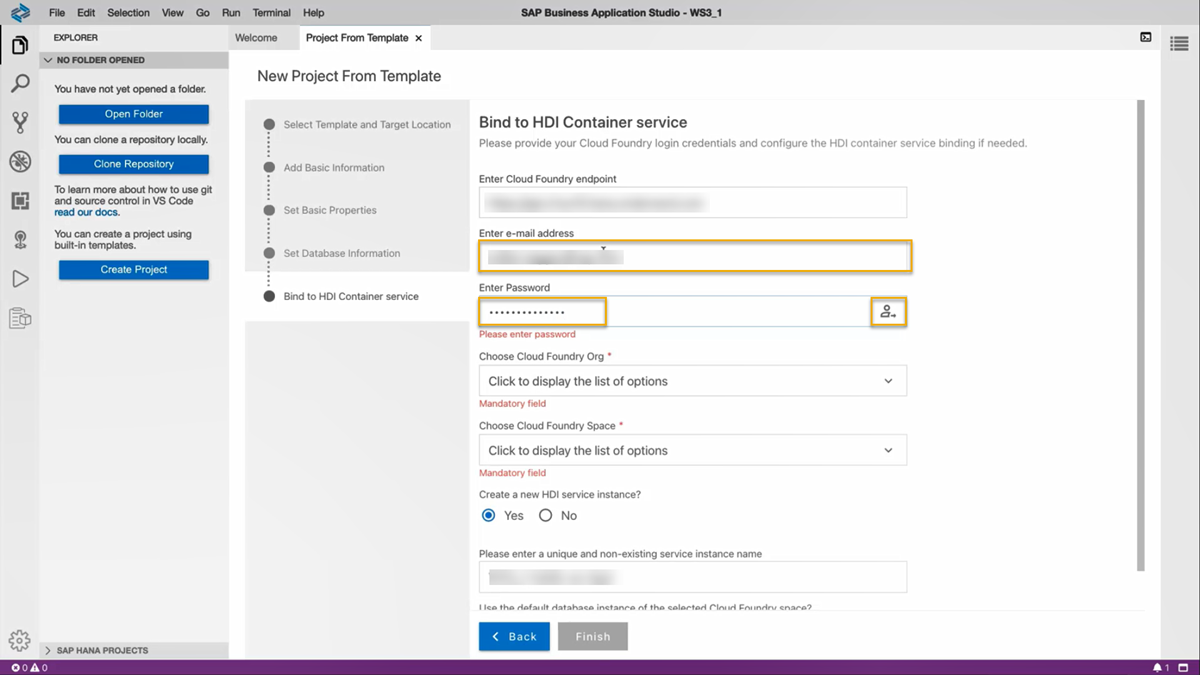Get Started to Collaborate in SAP Business Application Studio
- How to create an SAP HANA Native Application Dev Space
- How to create an SAP HANA database project
- How to view the run-time user of your database connection
Prerequisites
- Sign up for the free SAP HANA Cloud trial.
- Provision an instance of SAP HANA Cloud, SAP HANA database and make sure it is running.
- Subscribe to the free SAP Business Application Studio trial.
- Create a free account on https://github.com/ to use the required sample data.
Are you wondering what the best way is to manage changing data structures? Do you want to know how to collaborate more efficiently when working in development projects?
To answer the first question, learn what benefits different table types in SAP HANA Cloud, SAP HANA database can offer you based on your needs. The following 3 tutorials in this tutorial group will help you navigate through your challenges with the managing data structures:
- You are here ☛ Get started to collaborate in SAP Business Application Studio
- Import data into a table in SAP HANA Database Project
- Change data structures using
HDBTABLEandHDBMIGRATIONTABLEobjectsTo answer the second question, create template projects that help you set up service connections, handle synonyms and prepare authorization management. You can create these templates once in the beginning and give your project team members a head-start. Using the template, they can build on your work and can quickly start working productively.
The following 4 tutorials in this tutorial group will help you learn how to collaborate efficiently:
-
Prepare your SAP HANA Database Project for collaboration
- Generate users and roles for assigning privileges
- Enhance your project with services, synonyms and grants
- Collaborate on an SAP HANA Database Project template
This tutorial will show you how to create an SAP HANA Database project in SAP Business Application Studio.










